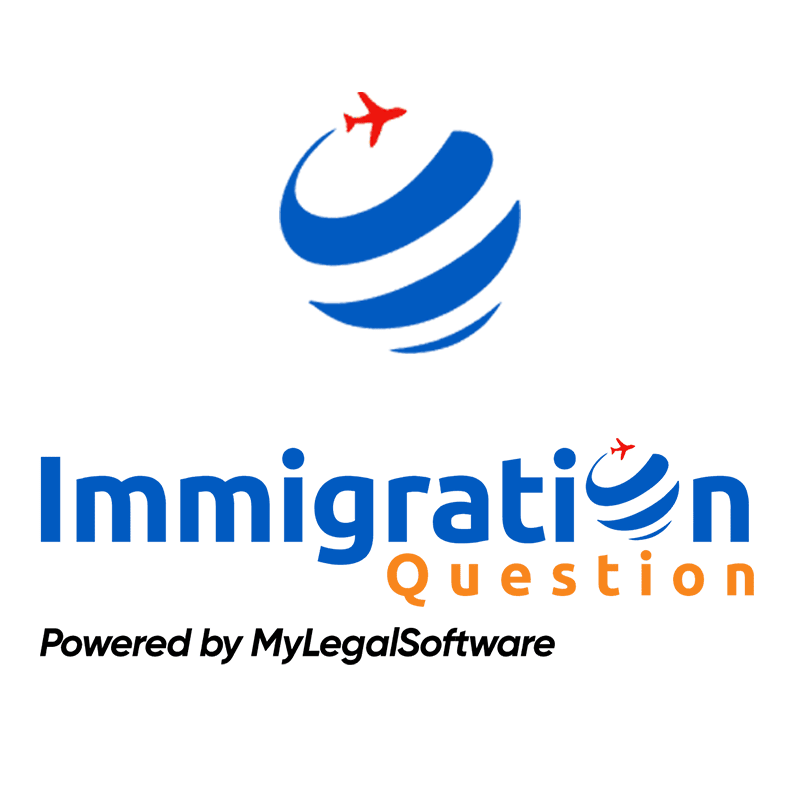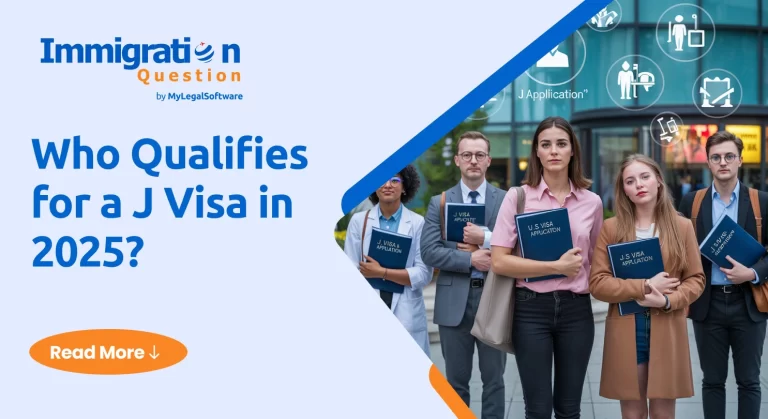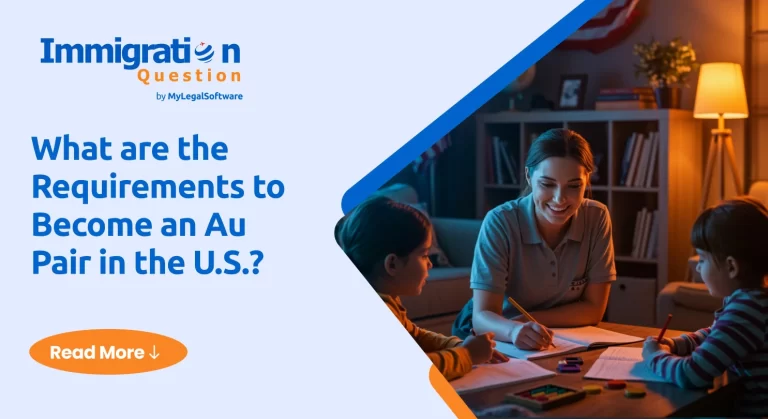Being found inadmissible to the United States can be a major roadblock, especially if you’re trying to visit for business, tourism, study, or short-term work. However, the 212(d)(3) waiver offers a potential path forward for individuals who would otherwise be denied entry due to past immigration violations, criminal records, or other disqualifying factors.
This waiver doesn’t guarantee entry or lead to permanent residency, but it does give individuals a chance to temporarily enter the U.S. for specific purposes. In this guide, we’ll break down what the 212(d)(3) waiver is, who needs it, the application process, the expected 212 d 3 waiver processing time, and what to expect after filing.
What Is a 212(d)(3) Waiver and Why Does It Matter?
The INA 212(d)(3) waiver is a discretionary waiver issued under the Immigration and Nationality Act. It gives individuals who are otherwise inadmissible the opportunity to enter the U.S. temporarily as nonimmigrants. Inadmissibility can result from prior immigration violations, overstays, fraud, criminal convictions, or other legal barriers outlined in INA Section 212(a).
The purpose of the 212(d)(3) waiver is to allow temporary entry for individuals who can demonstrate that their visit to the U.S. poses no threat to national interests and serves a legitimate purpose—whether it’s to attend a conference, study, receive medical treatment, or visit family.
It’s important to note that this waiver does not change a person’s overall immigration status and does not provide a pathway to permanent residency. It simply opens the door to short-term, nonimmigrant entry despite inadmissibility grounds.
Got immigration questions? Ask for free on Immigration Questions and get answers from real immigration attorneys—within hours. Connect directly with lawyers who can guide you through your next step with confidence.
Who Needs a 212(d)(3) Waiver?
You might need a 212(d)(3) waiver if you’ve been found inadmissible under Section 212(a) of the Immigration and Nationality Act. Common reasons include:
- Previous overstays in the U.S.
- Prior deportation or removal
- Fraud or misrepresentation on past visa applications
- Certain criminal convictions
- Health-related grounds of inadmissibility, including communicable diseases
Who needs a 212(d)(3) waiver? Essentially, anyone who wants to visit the U.S. temporarily but has been denied a visa or entry due to inadmissibility issues. This includes tourists, business travelers, students applying for F-1 visas, temporary workers seeking H-1B status, and even people coming for medical treatment.
The waiver can address most grounds of inadmissibility. However, it’s important to understand that security-related concerns like terrorism are much harder to overcome with this waiver.
How to Apply: 212(d)(3) Waiver Application Process
The application process differs slightly depending on your situation:
For most applicants: You’ll apply through a U.S. consulate abroad when you apply for your nonimmigrant visa.
For Canadians and visa-exempt travelers: You’ll apply directly with U.S. Customs and Border Protection (CBP) using Form I-192, “Application for Advance Permission to Enter as a Nonimmigrant.”
The 212(d)(3) waiver application form must be filled out completely and accurately. Missing information can lead to delays or denial. Along with your form, you’ll need to submit:
- A personal statement explaining your situation and why you need to travel to the U.S.
- Documentation related to your inadmissibility (court records, previous immigration decisions)
- Evidence of ties to your home country showing you’ll return after your temporary stay
- Information about your planned activities in the U.S.
- Filing fee ($1,100 for Form I-192)
The 212(d)(3) waiver form submission is just the beginning – how you present your case matters too.
What Is the 212(d)(3) Waiver Processing Time?
Unfortunately, there’s no single answer, as processing times vary based on several factors:
- Applications through U.S. consulates typically take 2-6 months
- Applications through CBP (for Canadians at land borders) usually take 90-180 days
Several factors can impact processing time:
- Case complexity
- Incomplete or inaccurate information
- Background checks
- CBP workload
The 212(d)(3) waiver processing time can extend further if additional documentation is requested. To avoid delays, make sure your 212(d)(3) waiver application is thorough from the start.
Many travelers make the mistake of applying too close to their planned travel dates. Given the unpredictable 212(d)(3) waiver processing time, we recommend applying at least 6 months before your intended travel.
What to Expect After Filing
After submitting your 212(d)(3) waiver form, you’ll receive a receipt notice. During the processing period, you can check your application status online through the USCIS website (for I-192 applications) or by contacting the consulate (for consular applications).
If approved, the waiver is typically valid for up to five years and for multiple entries, though this varies based on individual circumstances. Remember, the waiver allows you to apply for entry, but CBP officers still have the final say at the port of entry.
If your application is denied, you can reapply with stronger evidence or address the specific reasons for denial. Working with an Immigration Question attorney can help you understand what went wrong and strengthen your next application.
Final Thoughts
The 212(d)(3) waiver offers hope for many travelers who would otherwise be unable to visit the United States. While the application process requires careful preparation and patience due to the variable 212(d)(3) waiver processing time, the opportunity to visit the U.S. makes it worthwhile for many applicants.
If you’re considering applying for this waiver, start early, gather thorough documentation, and consider getting professional help. An Immigration Question attorney can provide guidance specific to your situation, helping you through the complexities of U.S. immigration law and maximizing your chances of approval.
Frequently Asked Questions
-
Can I apply for a 212(d)(3) waiver more than once?
-
Does approval of a 212(d)(3) waiver guarantee a visa?
-
What’s the difference between a 212(d)(3) waiver and a green card waiver?
-
Can I travel to the U.S. while my 212(d)(3) waiver is pending?
Yes, you can reapply if your first application is denied or if your waiver expires.
No, it only waives inadmissibility. You must still meet all other visa requirements.
The 212(d)(3) waiver is for temporary visits only, while green card waivers (like I-601) are for permanent residence.
No. You must wait until the waiver is approved before attempting to travel to or enter the United States.






